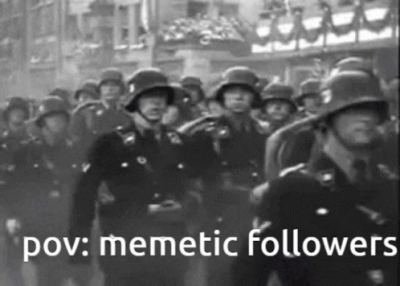What major historical events do you remember?
The world has witnessed many dark chapters, but few compare to the devastation unleashed by Adolf Hitler and World War II. The war, fought from 1939 to 1945, reshaped the global order, cost tens of millions of lives, and left scars that still influence international relations today.
The Rise of Adolf Hitler
Adolf Hitler, born in Austria in 1889, rose to power in a period of economic chaos and national humiliation for Germany after World War I. The Treaty of Versailles had left Germany crippled, forced to pay heavy reparations and stripped of its military strength. Amid this turmoil, Hitler’s National Socialist (Nazi) Party gained traction by promising to restore national pride, rebuild the economy, and expand German territory.
In 1933, Hitler became Chancellor of Germany, and soon after, he transformed the country into a totalitarian state. Political opponents were silenced, the press was censored, and a ruthless secret police force—the Gestapo—ensured obedience. His propaganda machine painted him as Germany’s savior, while his racist ideology targeted Jews, Roma people, and others he deemed “inferior.”
The Road to War
Hitler’s expansionist ambitions became clear with the annexation of Austria (Anschluss) in 1938 and the invasion of Czechoslovakia shortly after. Despite international warnings, his aggression went unchecked. Finally, on September 1, 1939, Germany invaded Poland, prompting Britain and France to declare war. This marked the beginning of World War II.
The Global Conflict
World War II engulfed Europe, Asia, Africa, and the Pacific. The Axis Powers—Germany, Italy, and Japan—sought to dominate vast territories, while the Allied Powers—including Britain, the Soviet Union, China, and later the United States—fought to stop them.
Hitler’s military strategy, known as Blitzkrieg or “lightning war,” brought quick victories across Europe. By 1940, Nazi forces controlled much of the continent. However, his decision to invade the Soviet Union in 1941 and declare war on the United States proved disastrous, stretching German resources too thin.

The Holocaust: Humanity’s Deepest Tragedy
At the heart of Hitler’s regime was a policy of genocide. Between 1941 and 1945, the Nazis systematically murdered six million Jews and millions of others in concentration and extermination camps such as Auschwitz, Treblinka, and Dachau. The Holocaust remains one of the most horrifying examples of human cruelty in recorded history.
The Fall of the Third Reich
As the war turned against Germany, Allied forces advanced from the west while the Soviet army closed in from the east. In April 1945, with Berlin under siege, Hitler took his own life in his underground bunker. A week later, Germany surrendered, marking the end of the war in Europe.
In the Pacific, the war ended after the United States dropped atomic bombs on Hiroshima and Nagasaki in August 1945, forcing Japan’s surrender.
The Legacy of World War II
World War II left an estimated 70–85 million people dead, entire cities in ruins, and the world deeply divided. It led to the creation of the United Nations, the Nuremberg Trials for war crimes, and a global commitment to never repeat such atrocities. The war also triggered the Cold War between the U.S. and the Soviet Union, shaping global politics for the next half-century.
Final Reflection
The story of Adolf Hitler and World War II is not just about one man’s rise and fall—it is a warning about the dangers of hate, unchecked power, and silence in the face of injustice. History remembers Hitler as a dictator whose vision led humanity into its darkest age. Remembering this past is essential—not to dwell on despair, but to ensure such evil never takes root again.
- Adolf Hitler and the Catastrophe of World War II: A Lesson from History
- The Biggest Risk Worth Taking — Building the ECOBIRD Organization
- The Tailorbird — Nature’s Tiny Seamstress and a Symbol of Wild Creativity
- The Sound of My Journey — Finding Harmony in Music and Nature
- What We’ve Been Working On at EcoBird: Building a Greener Tomorrow
















